Top 6 AI data analysis tools
To the uninitiated, reading through large datasets can feel like looking for patterns in an alien language. Sifting through datasets manually is tedious, time-consuming, and results in more errors than I’d like to admit.
To get over this hurdle, I’ve looked at some top-rated AI data analysis tools to discover the key differences and help you choose the best fit for you.
 Jotform AI Agents | Domo |  Polymer |  Julius |  KNIME |  Luzmo | |
|---|---|---|---|---|---|---|
| Best For | Form-based data collection and analysis | Enterprise-level business intelligence | Converting spreadsheets to smart databases | Natural language data conversations | Open-source data science workflows | Embedded analytics and dashboards |
| You should know | Seamless integration with form workflows | Comprehensive cloud-based BI platform | No-code approach with instant insights | Chat-based interface for non-technical users | Drag-and-drop interface for complex analysis | API-first approach for developers |
| Cost | Bronze plan: $34 per month | Custom pricing | Starter plan: $50 per month $25 per month (annual) | Plus plan: $20 per month $16.67 per month (annual) | Team plan: $99 per month | Basic plan: $995 per month (annual) |
How I test AI tools for data analysis
AI tools have advanced enough to analyze qualitative and quantitative data to help with cleaning, charting, finding patterns, and making predictions without heavy coding, and it’s time to take advantage. Here’s what I looked for as I tested out these tools:
- Key AI features: Does it support natural language processing (NLP), auto-charts, anomaly detection, forecasting, and automated integrations?
- Analytics and data interpretation: Does the tool interpret data and create insights? What are the charting options? How easy is it to export and share results?
- Ease of use: How easy is it to learn how to use the tool? Are there sufficient learning resources?
- Data security: How does the tool protect user data? What compliance or certifications does the tool have?
- Use case: Does the tool only work well for specific use cases? Which ones?
With these guiding questions in mind, let’s jump into my experience with these tools.
1. Jotform AI Agents
Jotform AI Agents takes a unique approach to AI data analytics with its form-based data collection workflows. I think this tool would be best for businesses that regularly collect customer feedback, survey responses, employee data, or any other information through digital forms.
It was super simple to upload a dataset to train my AI agent, then it was ready to go and answer my questions. The standout feature here is its ability to automatically analyze incoming form submissions in real-time. I was able to create a survey on Jotform, and connect it to my agent to help me identify trends, sentiment patterns, and key insights without requiring manual data export or manipulation.
The AI agents can also generate comprehensive reports, create visualizations, and even suggest actionable improvements based on the data collected through your forms.
Best for: Businesses that collect data through forms and surveys
You should know: Offers the most seamless integration between data collection and analysis
Pros: All-in-one form creation, data collection, and analysis; real-time analysis provides updated insights as more users respond to your surveys; NLP-based chat is easy to train and use
Cons: Limited to form-based analysis; analysis capabilities may be too specialized for general business intelligence needs; not ideal for users with complex analysis needs
Pricing: Bronze plans start at $34 per month
G2 rating: 4.7
2. Domo
For me, Domo is the front-runner business intelligence platform for users looking to maximize their data analysis with AI. I will say that I didn’t find this platform to be the most beginner-friendly, but for those with modest data analysis experience, Domo can be extremely powerful.
The platform supports users throughout the entire data lifecycle, from cleaning and modifying raw data to loading it into customizable data apps that make the tool work for your specific business needs. It took some getting used to the node-based interface, but once I became more familiar with Domo’s layout, it was fairly easy to create data visualizations.
Domo uses advanced AI and machine learning to help you discover insights from complex datasets and deploy AI apps with governance analytics, making it particularly valuable for teams with complex data needs. Domo’s intelligent chat feature allows users to query data using natural language, while pre-built AI models accelerate common analysis tasks like customer segmentation and sales forecasting.
Best for: Large enterprises needing comprehensive business intelligence with AI capabilities
You should know: Offers the most robust data governance and enterprise-grade security features
Pros: Full data lifecycle support; drag-and-drop node interface to create data visualizations; pre-built data models to help with common analysis tasks
Cons: Not easy to learn for non-technical users; high cost makes it impractical for small- to medium-sized businesses; overcomplicates simple data analysis
Pricing: Custom
G2 rating: 4.3
3. Polymer Search
Polymer takes a refreshingly simple approach to AI analytics tools by focusing on interpreting spreadsheets in the formats that most businesses already use. It can automatically convert static Excel or Google Sheets files into dynamic, searchable databases with built-in AI-powered pattern recognition.
The platform’s algorithms work behind the scenes of its easy interface to identify trends, outliers, and relationships within your data, then automatically generate relevant visualizations and insights. I was impressed that the AI chat could not only answer my questions directly, but also give me a “why” and note its own limitations. However, it also needed some nudging and specific prompting to come up with insights I could use in real-world scenarios.
Polymer meets businesses where they are, making the most of their existing data sources. This approach makes sophisticated data analysis accessible to business users who may not have technical backgrounds but still have a strong understanding of their data.
Best for: Small to medium businesses wanting to transform spreadsheets into interactive databases
You should know: Offers the fastest setup time from spreadsheet to insights
Pros: Intuitive interface requires minimal training for spreadsheet-familiar users; AI chat provides recommendations based on analysis and explains the thought process; automatically converts static spreadsheets to searchable databases
Cons: AI chat requires specific prompting to get the best output; limited advanced analytics capabilities compared to other data analysis tools; some users note data processing performance can slow down with very large datasets
Pricing: Starter plan starts at $50 per month or $25 per month (annual)
G2 rating: 5
4. Julius
Julius is like a powerful AI data assistant that helps you analyze and visualize data through natural conversation. My favorite thing about Julius is that I could ask it questions, even without technical experience, and receive comprehensive answers complete with charts, graphs, and detailed explanations.
This makes Julius ideal for large dataset interpretation because it makes complex data more accessible through simple conversational queries. Instead of staring at a sheet of numbers, Julius AI generated several chats, making it easy to see the most important information at a glance. Julius AI also supports multiple formats, including spreadsheets, Google Sheets, and Postgres databases, ensuring versatility in data handling.
Best for: Non-technical users who want to “chat” with their data
You should know: Provides the most natural, conversational approach to data analysis
Pros: Conversational interface makes it easy for non-technical users; no need for familiarity with data analysis jargon or concepts; automatically generates the most effective types of charts based on your specific needs
Cons: Limited customization options; performance can be inconsistent with very large datasets or complex queries; lacks collaboration features for team-based analysis
Pricing: Plus plan starts at $20 per month or $16.67 per month (annual)
G2 rating: 4.5
5. KNIME
KNIME represents the most comprehensive open-source approach to AI-powered data analysis, offering a visual workflow designer that makes complex machine learning and data science accessible through a drag-and-drop interface.
Truthfully, I had to test another, slightly simpler node-based tool before I could do anything on KNIME. It’s not the most beginner-friendly tool, but it’s very customizable and powerful for more seasoned data professionals. For example, users can build sophisticated analysis pipelines and connect pre-built nodes for different functions.
The platform’s AI capabilities span the entire data science workflow, from data ingestion and cleaning through advanced machine learning model deployment. There is also an AI chat function, although I wasn’t able to get it to work and suspect it wasn’t included in my trial plan.
KNIME’s open-source foundation benefits from continuous community contributions. This went beyond my capabilities, but it provides more advanced users with the latest algorithms and techniques in data science.
Best for: Data scientists and analysts who need maximum flexibility and customization
You should know: Open-source model provides unlimited customization but requires more technical expertise
Pros: Open-source model provides access to cutting-edge features at relatively low cost; extensive library of pre-built nodes for highly flexible data analysis; visual workflow designer with drag-and-drop interface makes complex analysis pipelines easily understandable
Cons: Not accessible to users unfamiliar with complex data analysis; most workflows require custom configuration; open-source support model may not be scalable for enterprises or accessible for less advanced users
Pricing: Team plan starts at $99 per month
G2 rating: 4.4
6. Luzmo
Luzmo focuses specifically on making embeddable and accessible APIs, so I see this working best for businesses that want to add or expand data analysis features in their existing products.
The platform’s no-code dashboard builder enables rapid creation of interactive charts and visualizations, while its API-first approach ensures you can seamlessly embed these analytics into websites, applications, or customer portals.
Luzmo was the most user-friendly dashboard and data visualization tool I tested. After playing around in the tool for a few minutes and following the startup tutorial, I was able to create a couple of different types of graphs and add dynamic variables that allowed me to see directly how different factors affected my dataset.
Luzmo’s AI capabilities focus on automated insight generation and smart data preparation, helping you expand product offerings with less effort.
Best for: Embedded analytics and white-label dashboard solutions
You should know: API-first architecture makes it ideal for integrating analytics into existing applications
Pros: API-first design makes integration easy; startup tutorial makes learning how to use Luzmo easier for non-technical users; interactive charts provide engaging user experiences and are simple to create
Cons: Higher pricing with only annual billing options makes it less accessible for small businesses or individual users; limited data science capabilities compared to more comprehensive platforms
Pricing: Basic plan starts at $995 per month (annual)
G2 rating: 4.6
Make the most of your data with Jotform AI Agents
The best AI for data analysis can shift your business from reactive to proactive. Whether it’s through enterprise-grade business intelligence or making your existing spreadsheets smarter, there’s a tool here that can help.
The key to success lies in matching your specific needs — technical expertise, data sources, and business objectives — with the right platform. Start with a clear understanding of your current data challenges, then choose the tool that best addresses those pain points while providing room for growth as your analytical needs evolve.
If you’re looking to streamline data forms or build an AI agent for any vertical, you need a tool that evolves with you. Jotform AI Agents provide a flexible tool that helps you work smarter with your data.
This article is for business leaders, data analysts, researchers, and teams who want to make sense of complex datasets without spending hours on manual work.

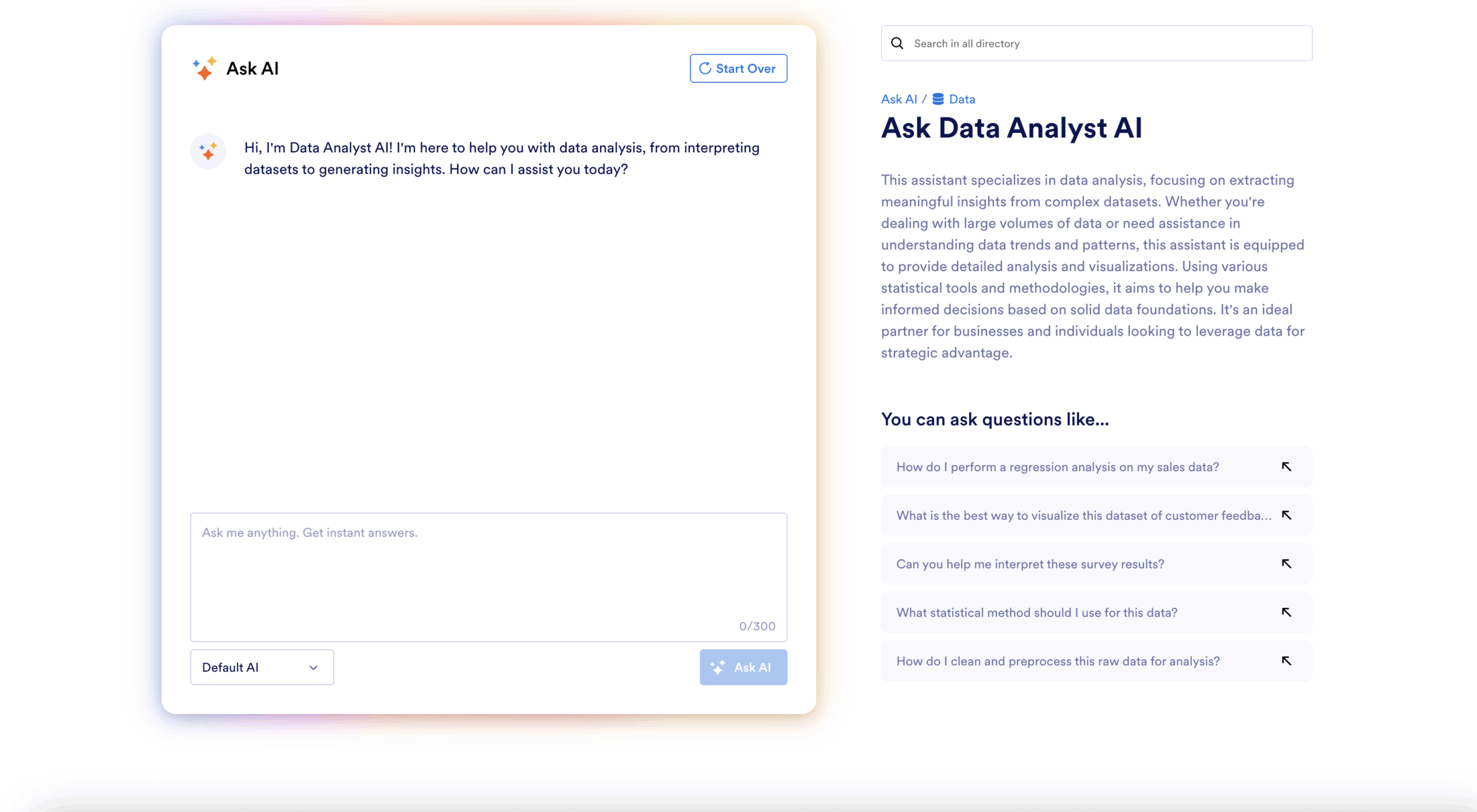

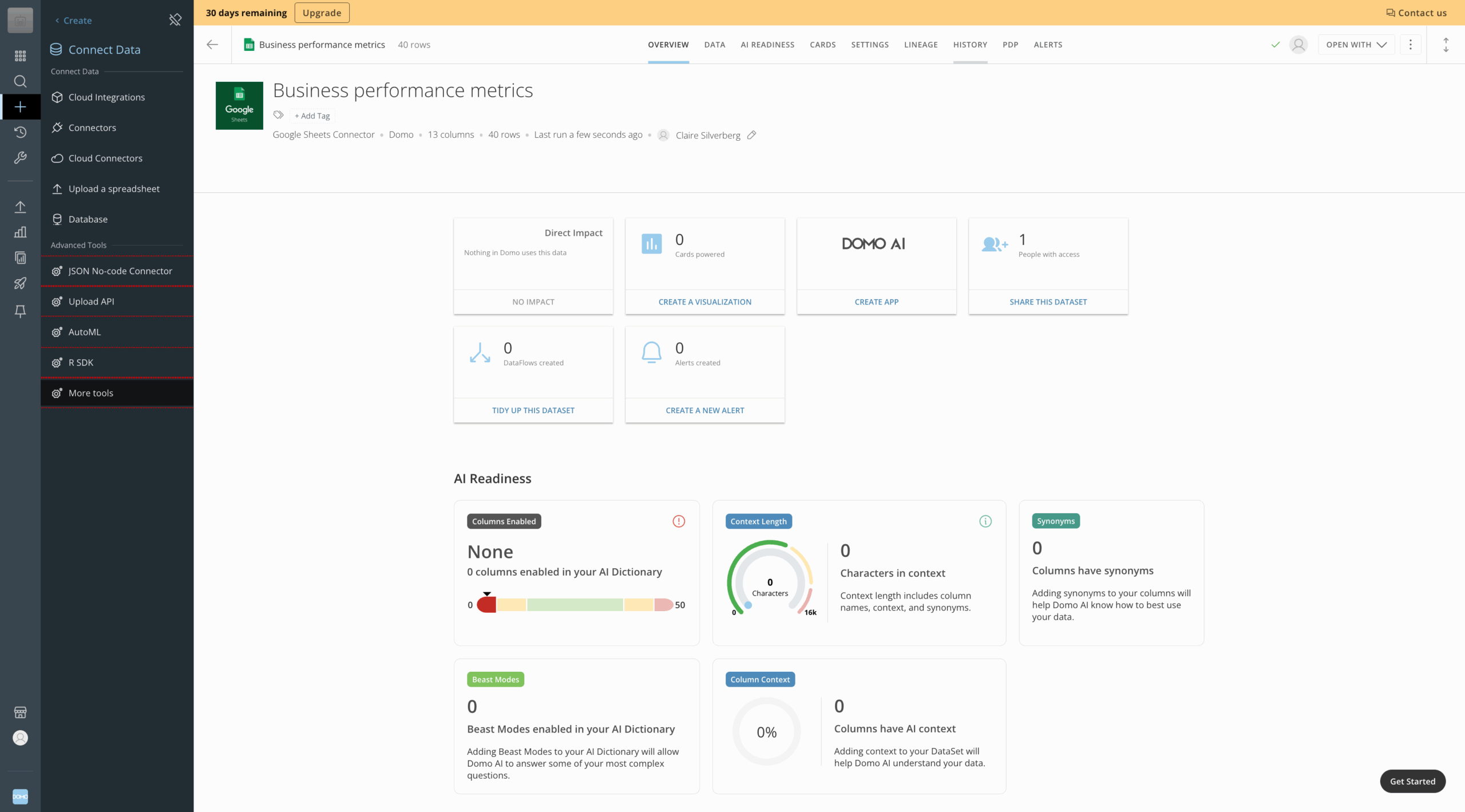
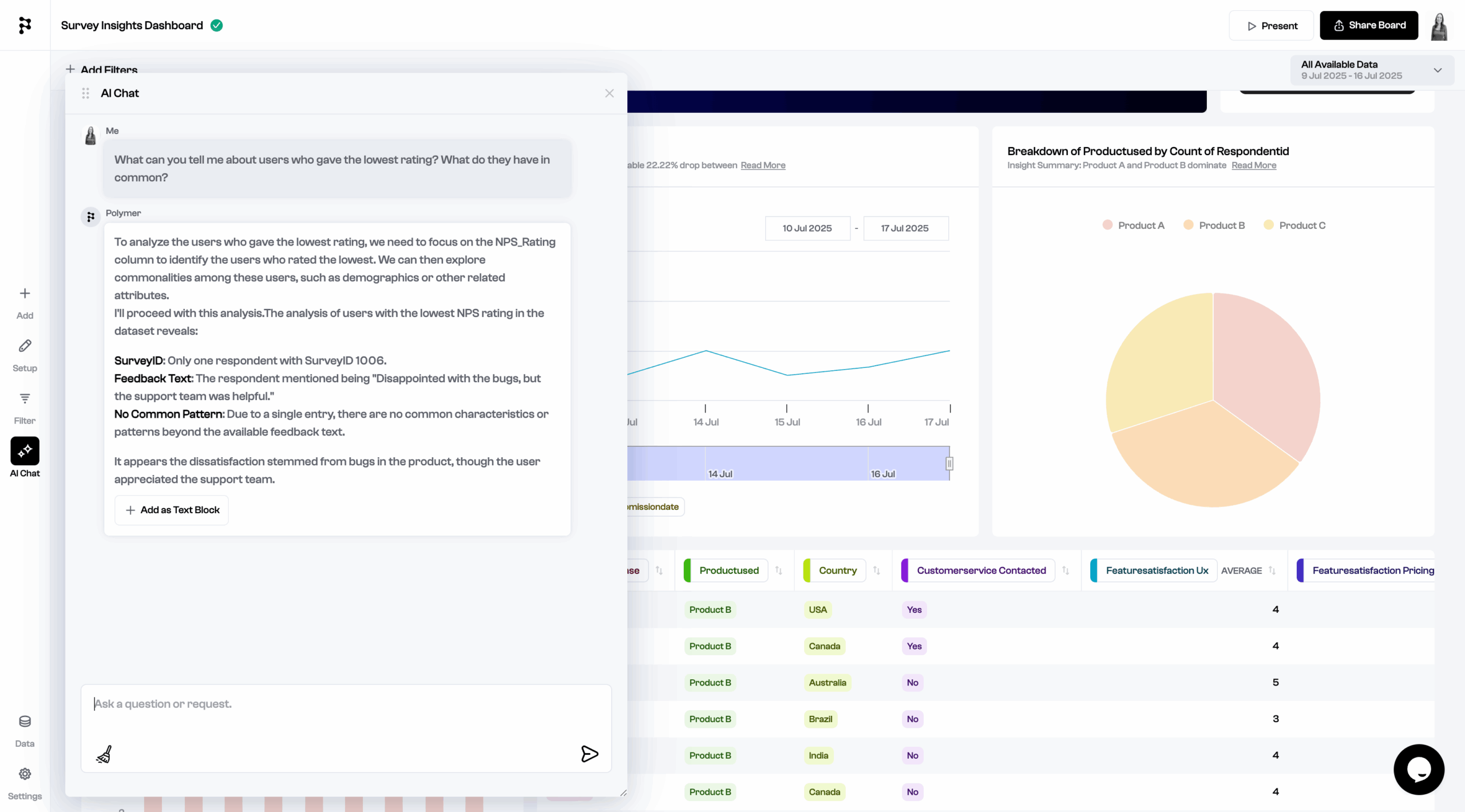
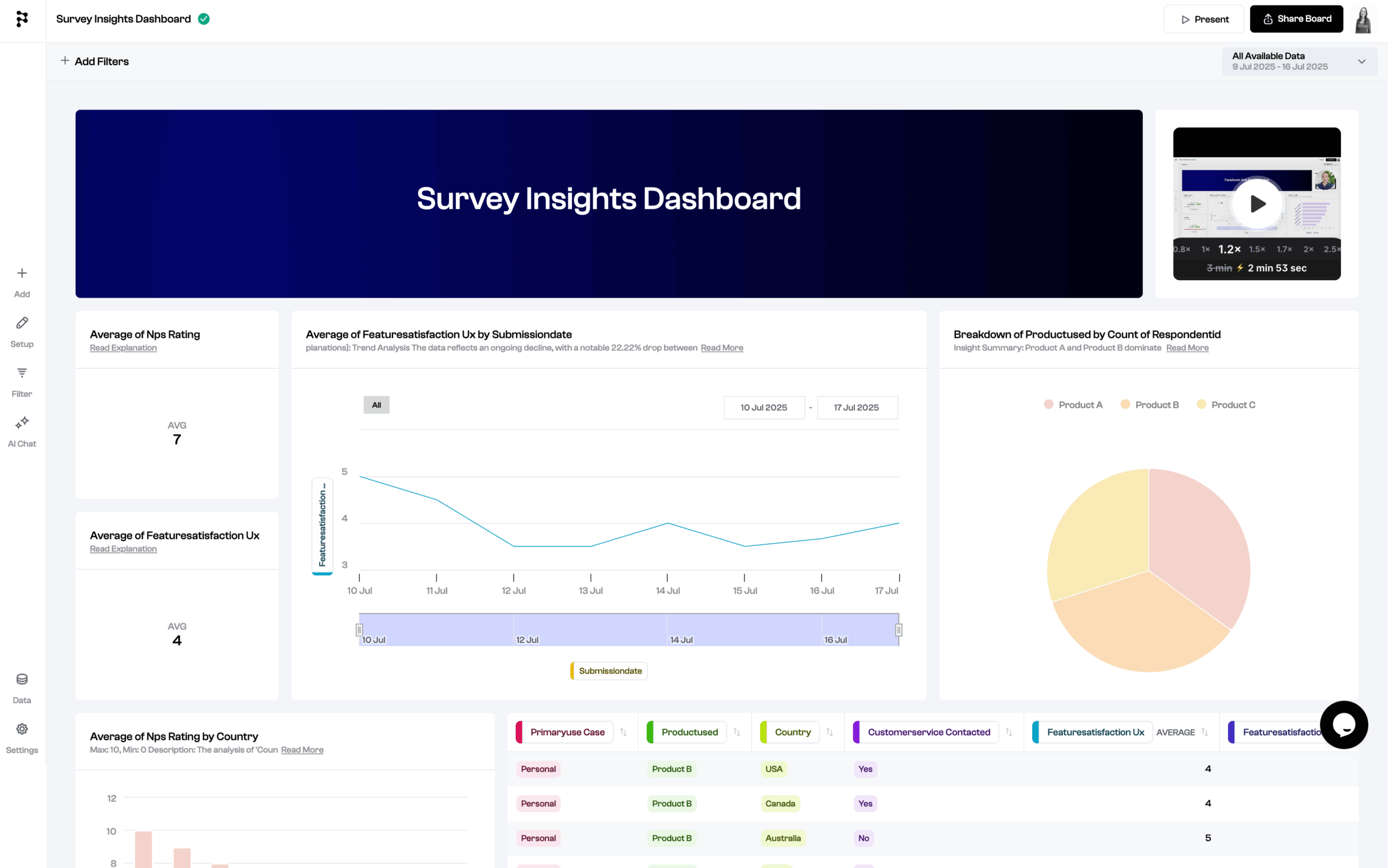
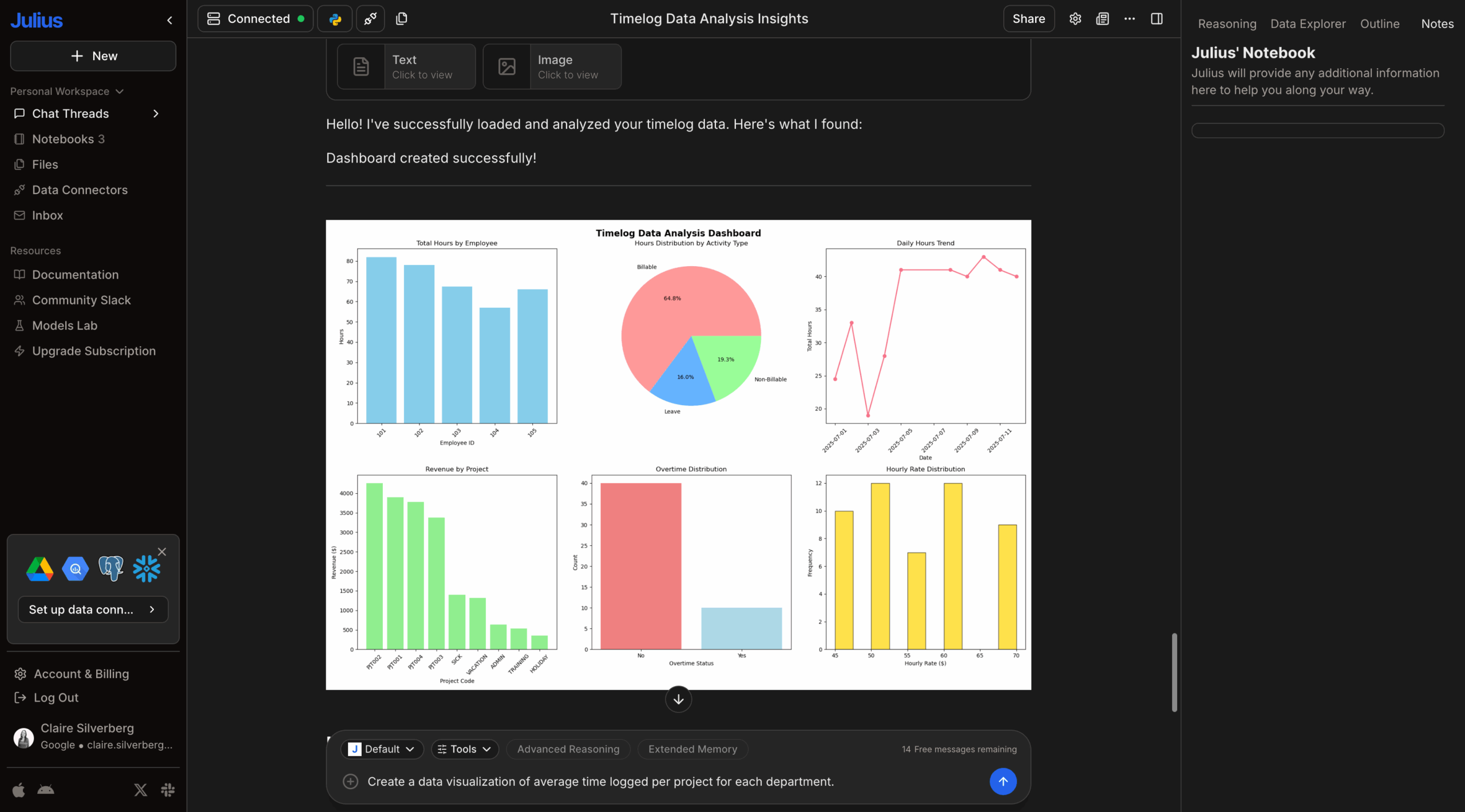
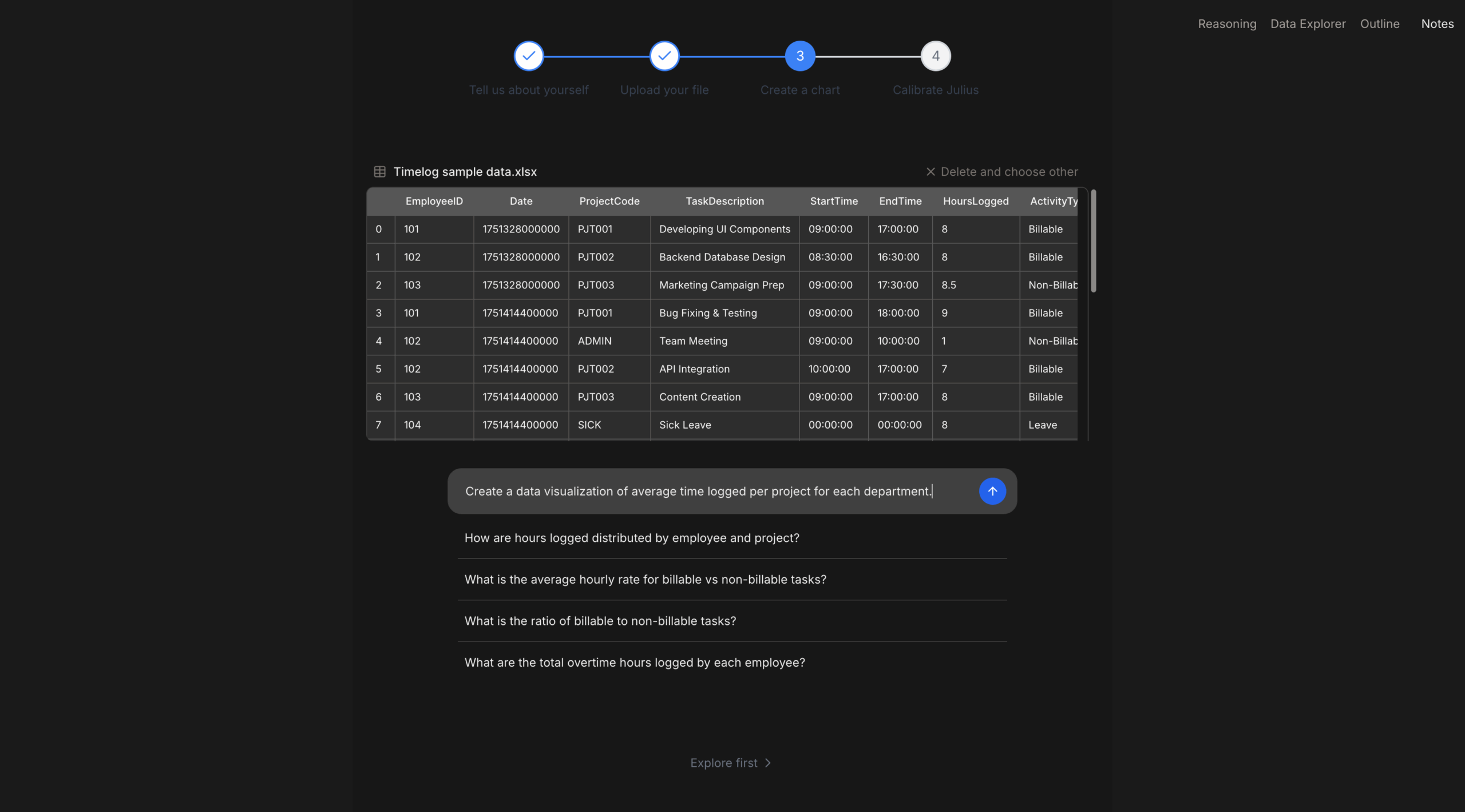
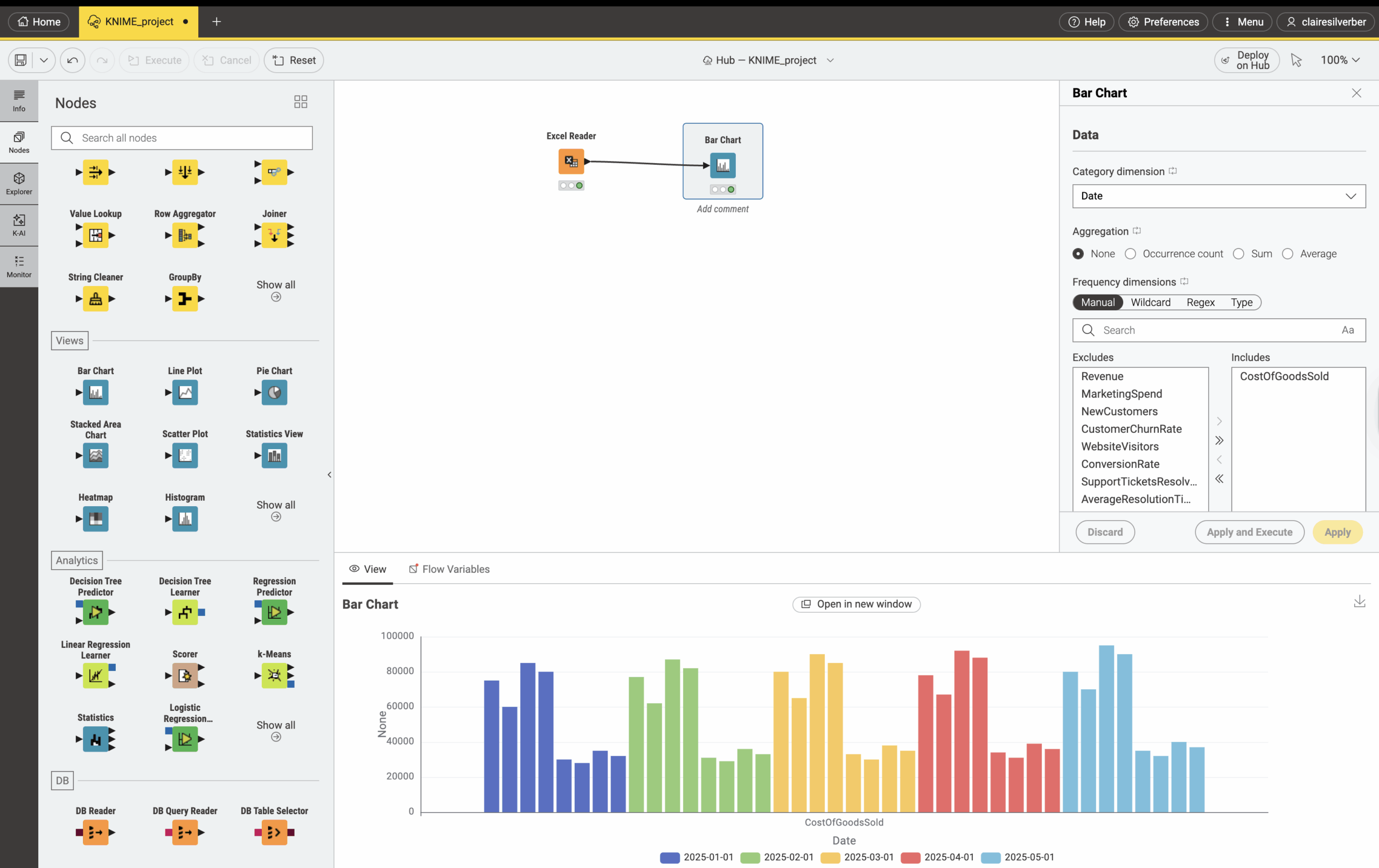
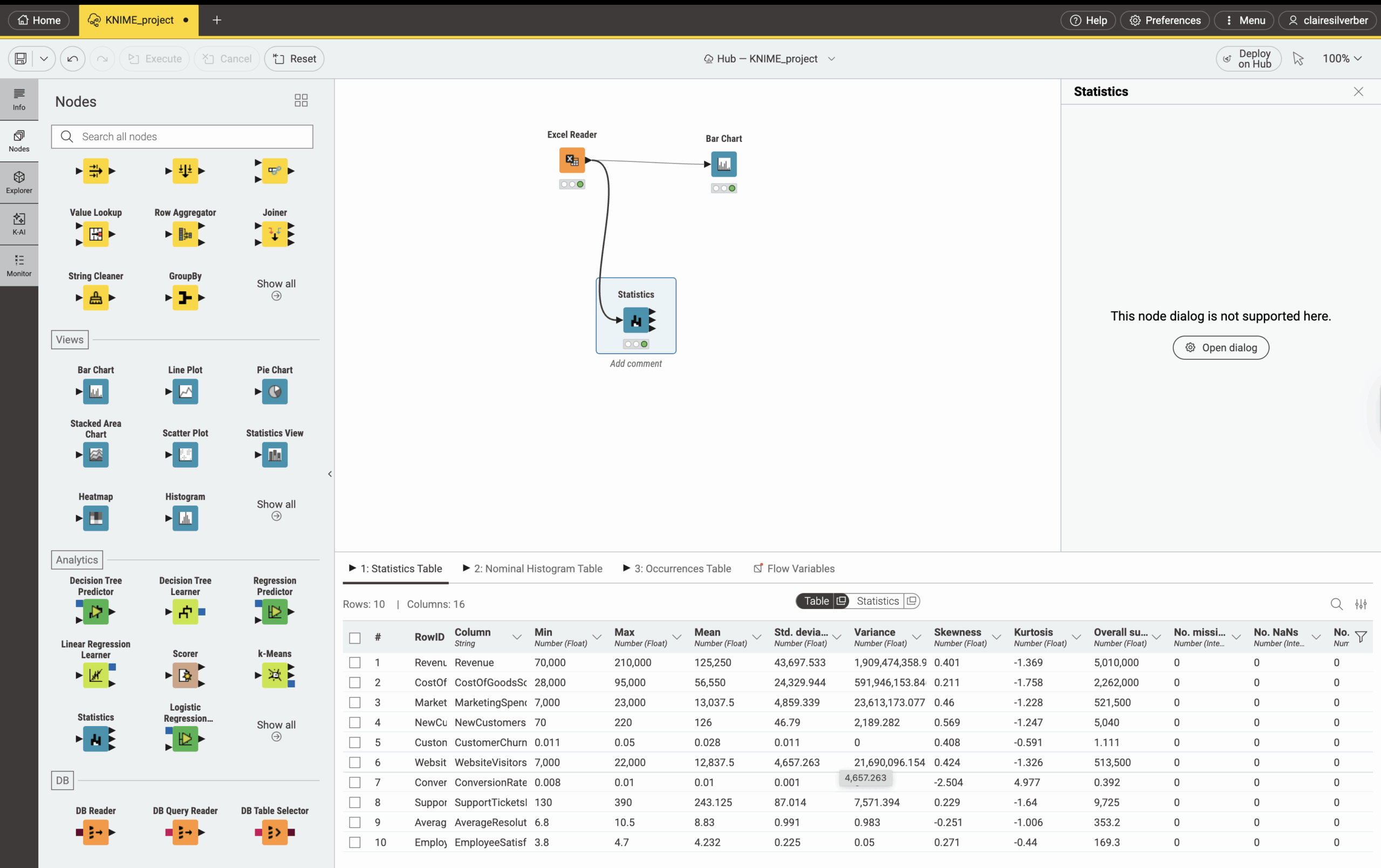

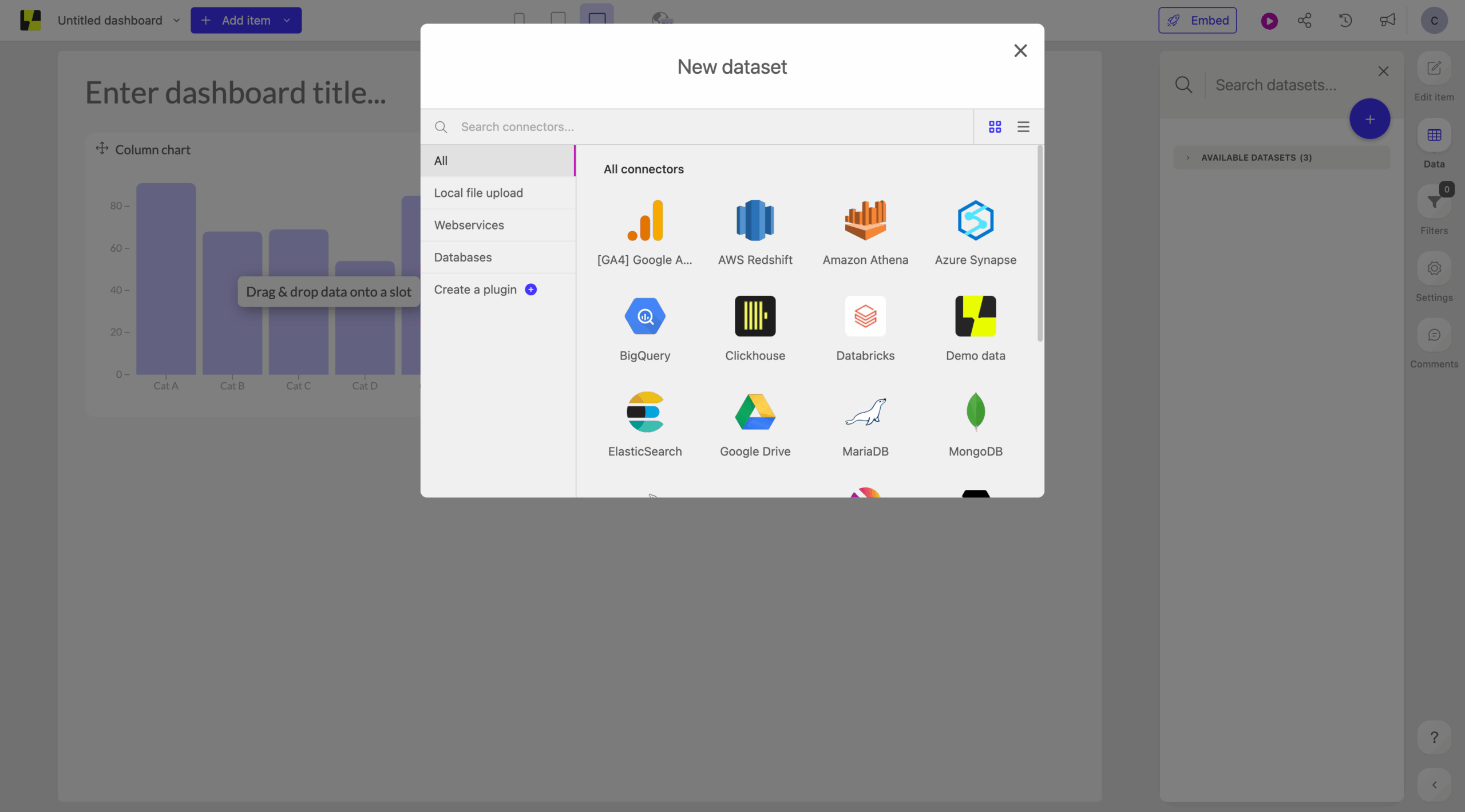






































































































Send Comment: